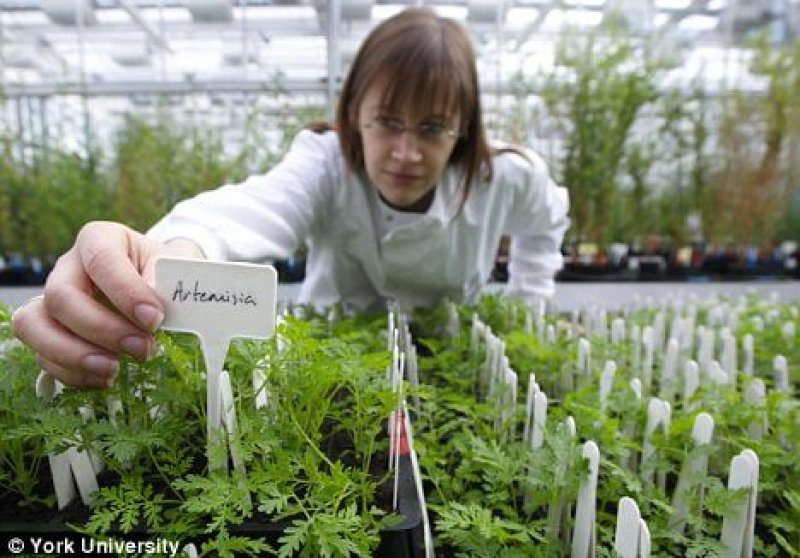In a lab at George Washington University, painted lady butterflies flutter in mesh houses. This is where assistant professor Arnault Martin and his research group use the new gene-editing technique CRISPR to unlock secrets about the colors and spots on the butterflies’ wings.
CRISPR has allowed them to isolate a precise gene that controls wing appearance, and they can shut it off at will. “What we do with CRISPR is nothing fancy. We don’t do genome editing or detailed surgery, we just break genes,” Martin told a group of visiting science writers in October.
…
If used responsibly, Martin said, CRISPR could help solve many challenges …. “If you want to feed the planet, 9 billion people, I think we will benefit from accelerated domestication from engineering crops so they are less demanding in terms of resources, less vulnerable to pests or less waste, better use of land and so on,” he said.
CRISPR’s use in plant breeding is a bit less controversial than in humans or other animals as seeds can be manipulated so that genetic changes don’t persist into offspring. Agriculture companies already have their eyes on the technique.
…
[Bayer Crop Science president Liam Condon is] confident that CRISPR’s potential to remove food allergens or boost nutritional quality will appeal broadly.Read full, original article: A Hands-On Look At Gene-Editing Technique CRISPR, Which Could Be A Game-Changer For Ag































